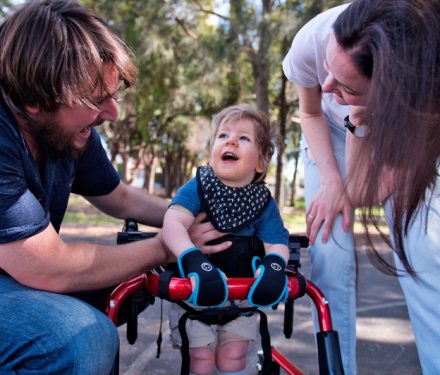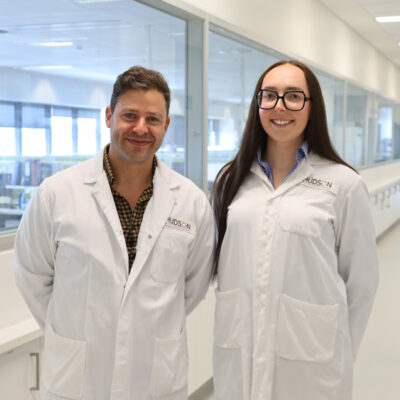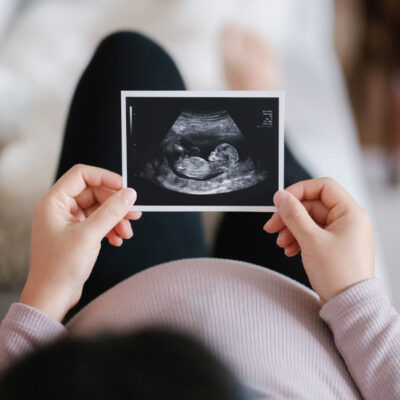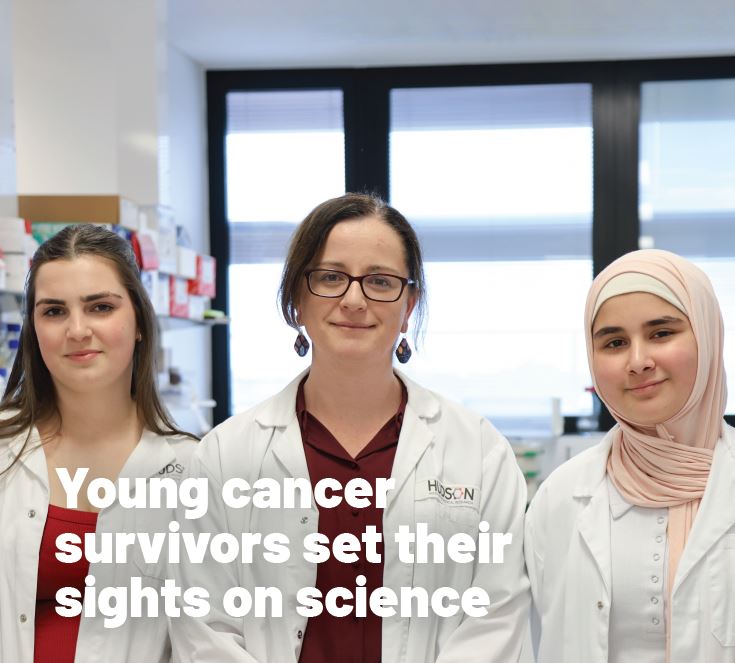‘Needle in a haystack’ of stem cells found – hope for cerebral palsy
By Hudson Institute communications
Cells that could be used to repair damage to babies’ brains caused by oxygen starvation during pregnancy or at birth have been identified, bringing hope for the prevention of cerebral palsy.
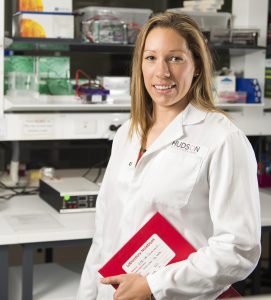
A team of researchers from Hudson Institute of Medical Research and Monash University made the discovery while examining stem cells in umbilical cord blood, which is known to protect the developing brain.
They are the first to uncover the benefits of endothelial progenitor cells (EPCs) in reducing brain injury caused by inflammation.
The findings of the preclinical study, supported by Inner Wheel Australia, have been published in the Journal of Neuroinflammation, and offer hope for the treatment and prevention of cerebral palsy.
First author, Dr Courtney McDonald, a Research Scientist in The Ritchie Centre (Hudson Institute and Monash University) said while umbilical cord blood stem cells are being shown to help repair the damage to the brain caused by oxygen deprivation, little is known about how they do this.
Cerebral palsy facts
Cerebral Palsy is the most common cause of physical disability in children and is a permanent lifelong condition. It is caused by injury to the brain during pregnancy or around the time of birth and affects nearly 1 in 500 babies born in Australia.
Paving the way for ‘tailored’ stem cell therapies
The study focused on finding which cell or ‘needle’ in the ‘haystack’ of cord blood is most effective.
“While cord blood stem cells are used safely and effectively around the world in clinical trials for cerebral palsy, we still don’t understand why they are so effective at reducing brain injury,” Dr McDonald says.
Using preclinical models of perinatal brain injury, the team compared treatment using umbilical cord blood with three individual cord blood cell types, which had been isolated from cord blood.
They discovered that while all cord blood stem cells had beneficial effects on the brain, EPCs specifically improved motor skills and co-ordination, and reduced inflammation and cell death in the brain.
“We are the first group to show that these cells are protective in neonatal brain injury and more effective than any other cell type found in cord blood,” Dr McDonald says.
The team is now working towards tailoring cell therapies for the treatment of perinatal brain injury.
Team | Dr Courtney McDonald, Ms Tayla Penny, Ms Madison Paton, Ms Amy Sutherland, Ms Lakshmi Nekkanti, Dr Tamara Yawno, Dr Margie Castillo-Melendez, Associate Professor Michael Fahey, Dr Nicole Jones, Professor Graham Jenkin, Associate Professor Suzanne Miller.
Contact us
Hudson Institute communications
t: + 61 3 8572 2697
e: communications@hudson.org.au
About Hudson Institute
Hudson Institute’ s research programs deliver in three areas of medical need – inflammation, cancer, women’s and newborn health. More
Hudson News
Get the inside view on discoveries and patient stories
“Thank you Hudson Institute researchers. Your work brings such hope to all women with ovarian cancer knowing that potentially women in the future won't have to go through what we have!”

